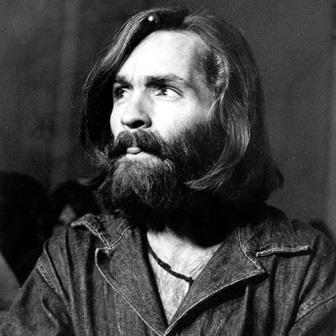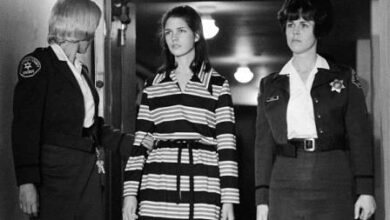The Life and Death of Charles Manson: A Timeline of His Crimes and Cult

Introduction
Charles Manson remains a chilling figure in criminal history, notorious for leading a cult that committed a series of horrifying crimes in the late 1960s. Manson’s charismatic yet manipulative personality captivated vulnerable followers, leading them down a path of violence and terror. This article presents a timeline of Manson’s life, his rise to power, the crimes committed by his cult, and the eventual demise of the man who orchestrated one of the most infamous crime sprees in American history.
Early Life and Criminal Background (1934-1967)
- 1934: Charles Milles Manson is born to a teenage mother in Cincinnati, Ohio.
- 1951: Manson is incarcerated for the first time for theft and burglary.
- 1967: After several stints in and out of prison, Manson is released and moves to San Francisco, where he begins attracting followers drawn to his pseudo-religious philosophies.
Formation of the Manson Family and Tate-LaBianca Murders (1968-1969)
- 1968: Manson establishes the Manson Family, a commune-like cult, in Southern California.
- August 1969: Manson orders his followers, including Charles “Tex” Watson, Susan Atkins, Patricia Krenwinkel, and Linda Kasabian, to commit a series of brutal murders. Actress Sharon Tate and several others are brutally killed at Tate’s home.
- August 10, 1969: Leno and Rosemary LaBianca are murdered by Manson’s followers, who write phrases such as “Death to Pigs” and “Helter Skelter” in blood at the crime scenes.
Arrest, Trial, and Imprisonment (1969-2017)
- October 1969: Manson and several of his followers are arrested and charged with multiple counts of murder.
- 1971: Manson and several of his followers are convicted of first-degree murder and conspiracy to commit murder.
- Life in Prison: Manson spends decades in prison, becoming a symbol of evil and manipulation. Despite numerous parole hearings, he is never released.
- 2017: Charles Manson dies in prison at the age of 83, leaving a legacy of fear and fascination.
Impact and Legacy
The Manson Family’s crimes had a profound impact on American society, marking the end of the idealism of the 1960s. Manson’s ability to manipulate vulnerable individuals and incite them to commit unspeakable acts became a cautionary tale, highlighting the dangers of charismatic leaders who prey on the susceptible.
Conclusion
The life and death of Charles Manson serve as a dark reminder of the capacity for evil within the human psyche. His ability to create a cult, manipulate his followers, and orchestrate heinous crimes shocked the world and left an indelible mark on the annals of crime history. Understanding the timeline of Manson’s life and crimes is essential not only to grasp the depth of his malevolence but also to recognize the warning signs that can help prevent similar tragedies in the future. Manson’s story continues to be a chilling case study in the realms of criminology, psychology, and human vulnerability.

